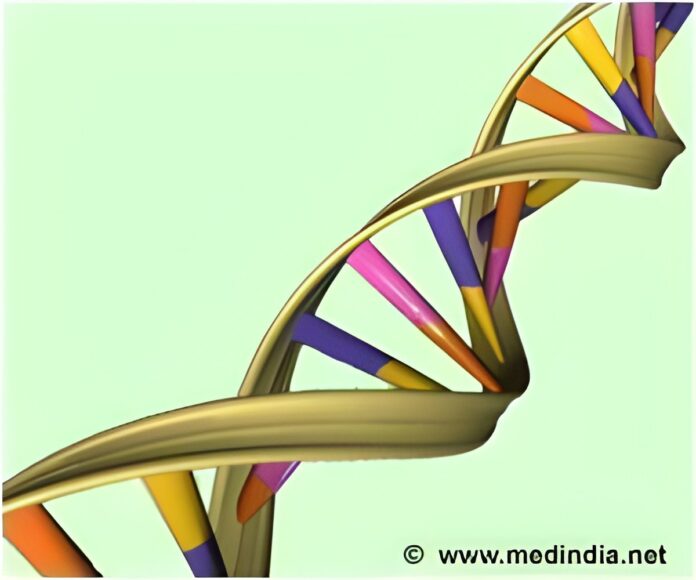Congenital Diarrhea and Enteropathies (CODE) are rare genetic disorders causing severe chronic diarrhea.
Research led by Dr. Aleixo Muise at The Hospital for Sick Children (SickKids) has uncovered new genes linked to CODE (congenital diarrhea and enteropathies), a condition affecting children like Sophie. Published in the New England Journal of Medicine, the international study involved genome sequencing of 129 infants with suspected CODE. ()
The results marked a major breakthrough, delivering diagnoses in 48% of cases—a significant jump from the 20% rate typically seen in Dr. Muise’s Precision IBD and Monogenic Intestinal Diseases clinic, and a dramatic improvement from the three percent diagnostic rate seen just a few years ago.
The study identified three new genes associated with CODE—GRWD1, MYO1A, and MON1A—and provided long-awaited answers to 62 families.
A Newborn’s Battle: Navigating Life with Rare Congenital Diarrhea
At just two days old, Sophie was losing weight rapidly. Genetic testing revealed she had a rare condition called CODE (congenital diarrhea and enteropathies), which affects nutrient absorption. For her parents, Samantha and Kyle, this meant reshaping their new life around hospital visits and at-home medical care. “Suddenly, we had to become not just parents, but also health-care providers for our first child,” says Samantha.
“Undiagnosed infantile diarrhea can be fatal, but even when it isn’t, early diagnosis of rare conditions can help provide much-needed answers for families,” explains Muise, Staff Gastroenterologist and Senior Scientist in the Cell & Systems Biology program. “As a result of this study, we can now provide a diagnosis to more families and move closer to precision treatments tailored to their child’s specific genetic variant.”
Sophie and her parents were referred to the Group for Improvement of Intestinal Function Treatment (GIFT) program at SickKids a few short weeks after her birth, where she began total parenteral nutrition (TPN), a specialized solution delivered through a vein to supply the essential nutrients her gut couldn’t absorb. Genetic test results also confirmed Sophie had microvillus inclusion disease (MVID) caused by variation in the MYO5B gene, the second most common cause of CODE.
“When we got Sophie’s genetic test results back it was a relief, like finally having another piece of the puzzle,” says Samantha. “Having the official genetic report meant that we would have the support we need to move forward and connect with other families.”
In collaboration with co-leads Drs. Jay Thiagarajah and Wayne Lencer at Boston Children’s Hospital, Dr. James Goldenring at Vanderbilt University Medical Center and Dr. Martín Martín at the University of California, Los Angeles, the scientists characterized the function of novel CODE genes using advanced computational methods and zebrafish models developed at SickKids.
“This is Precision Child Health in action,” says Muise, Co-Director of the Inflammatory Bowel Disease (IBD) Centre. “While the journey towards understanding and treating these rare conditions is ongoing, better understanding of the genetic pathways that impact CODE brings us one step closer to developing drugs to target those pathways and change the trajectory of patients with these conditions.”
At SickKids, Sophie’s care team taught Samantha and Kyle how to manage her condition using TPN, and though her early years were marked by frequent diaper changes and slowed growth, she began to gain weight and get the nourishment she needed.
Sophie, now six years old, requires ongoing monitoring and TPN treatment, but a novel surgical approach to CODE detailed by co-senior author Dr. Yaron Avitzur, Interim Division Head of Gastroenterology, Hepatology and Nutrition and Director of the GIFT program, significantly improved her health and quality of life, with her parents noting a marked increase in her comfort and happiness.
“We hope that there is more research like this, that could move us closer to treatments that will continue to improve Sophie’s quality of life and transform the life of children like her,” explains Samantha.
Reference:
- The Genetic Architecture of Congenital Diarrhea and Enteropathy – (https://www.nejm.org/doi/10.1056/NEJMoa2405333)
Source-Eurekalert


